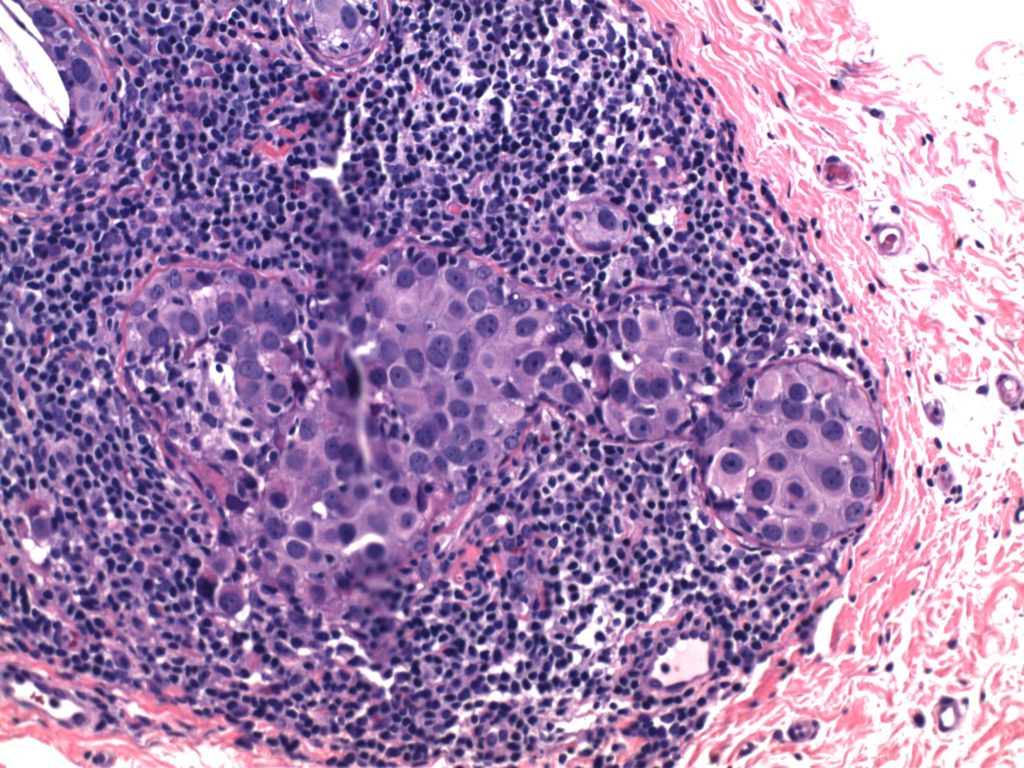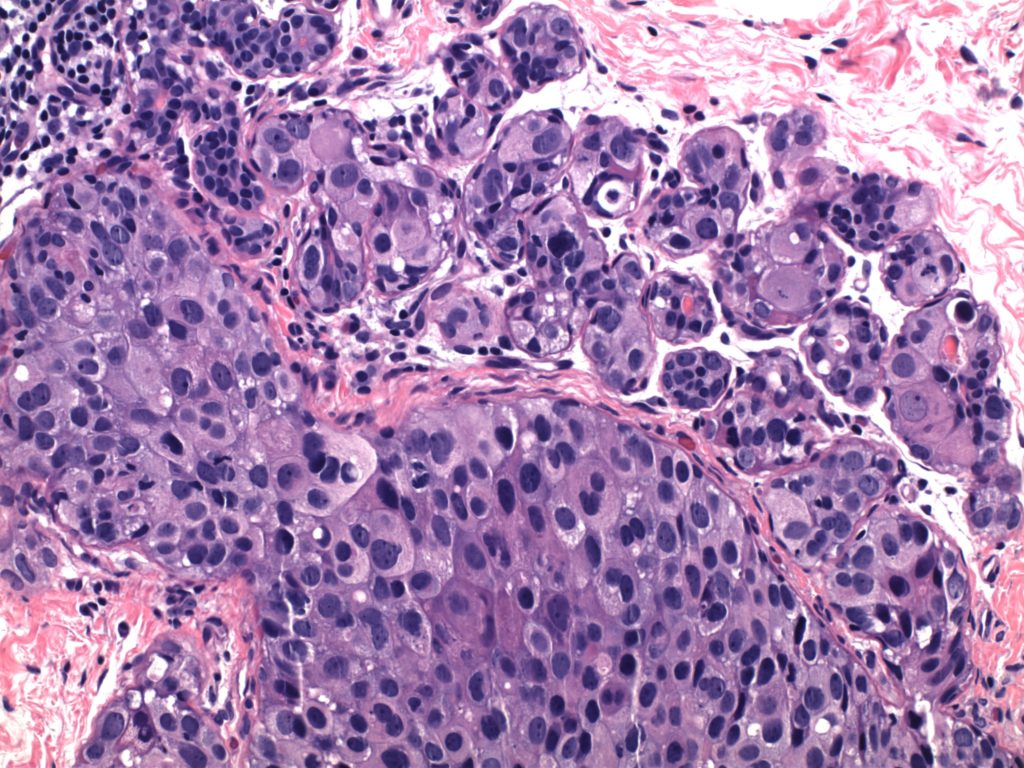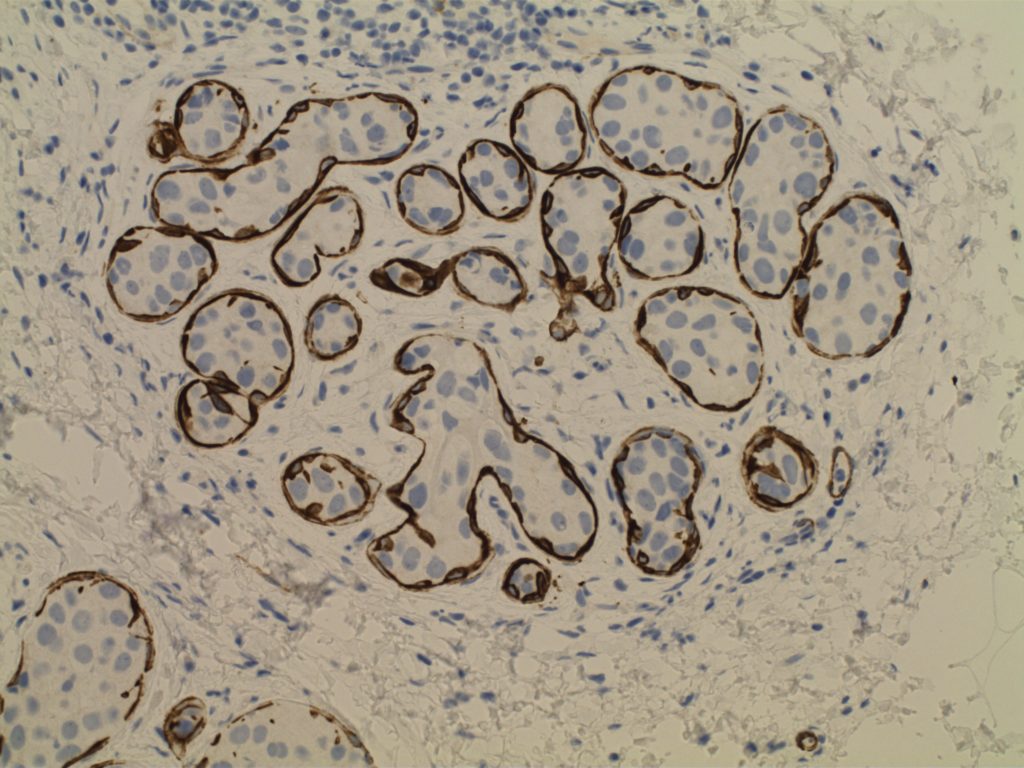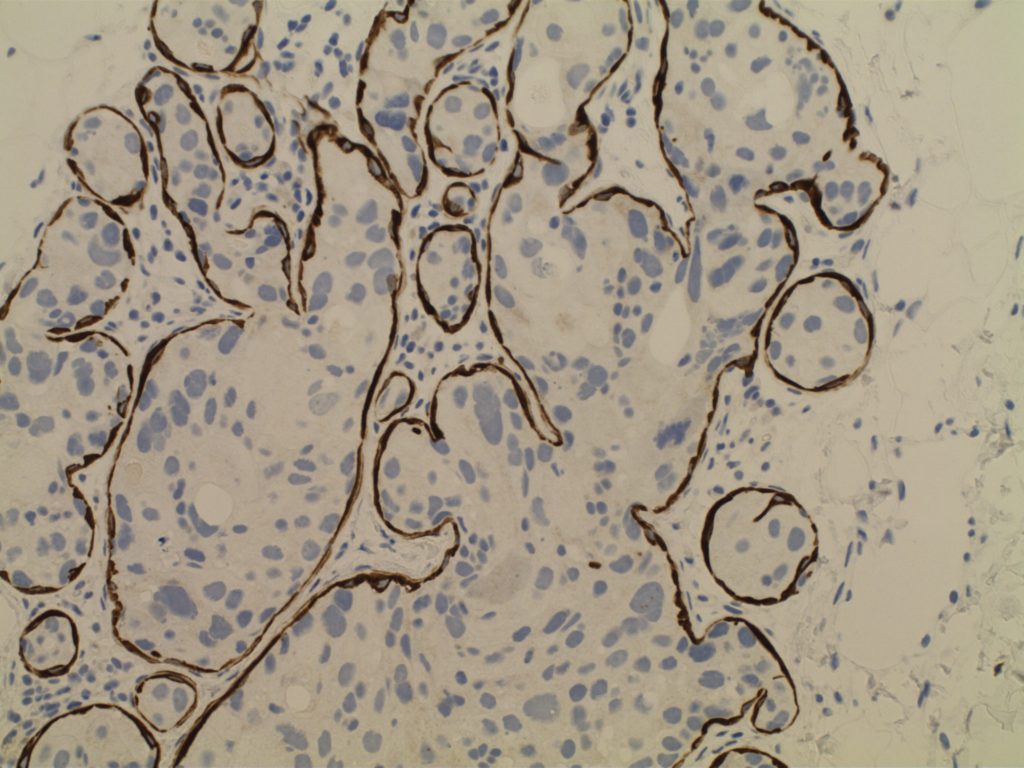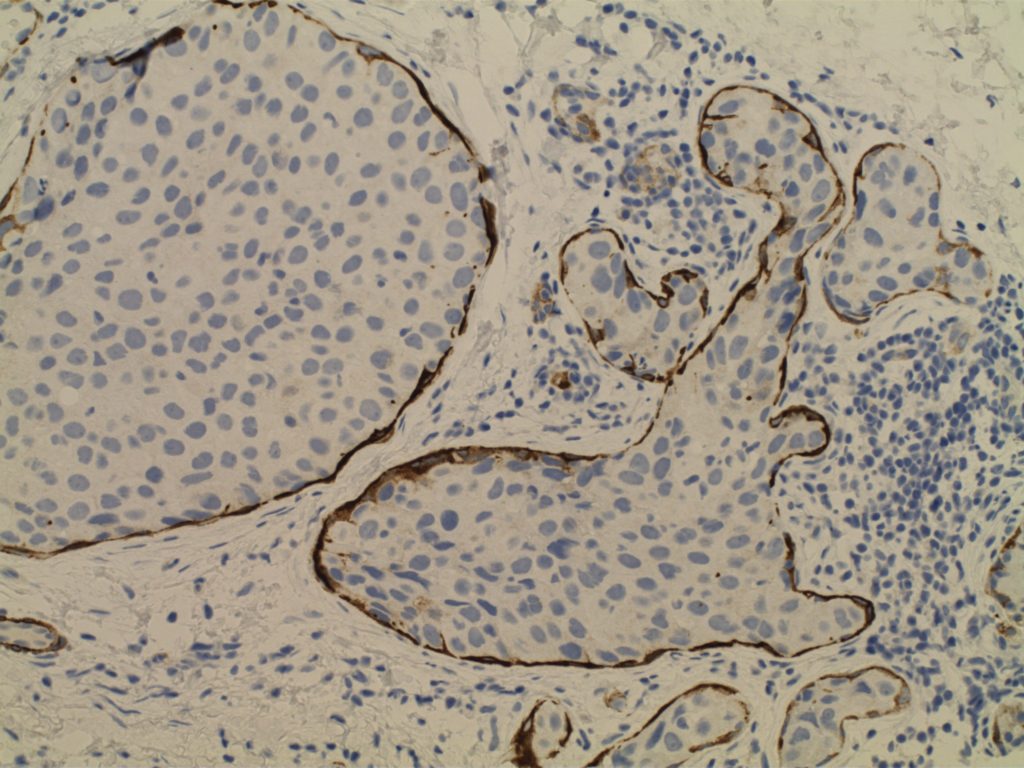Renal Neoplasms – Malignant (2004 WHO Classification)
- Clear Cell Renal Cell Carcinoma (70%)
- Papillary Renal Cell Carcinoma (10%)
- Chromophobe Renal Cell Carcinoma (5%)
- Hereditary Cancer Syndromes (5%)
- Multilocular Cystic Renal Cell Carcinoma (<1%)
- Xp11.2 Translocation Renal Cell Carcinoma (<1%)
- Collecting Duct Carcinoma (<1%)
- Mucinous Tubular & Spindle Cell Carcinoma (<1%)
- Nephroblastoma-Related Renal Cell Carcinoma (<1%)
- Medullary (Renal) Carcinoma
- Unclassified Lesions (4%)

